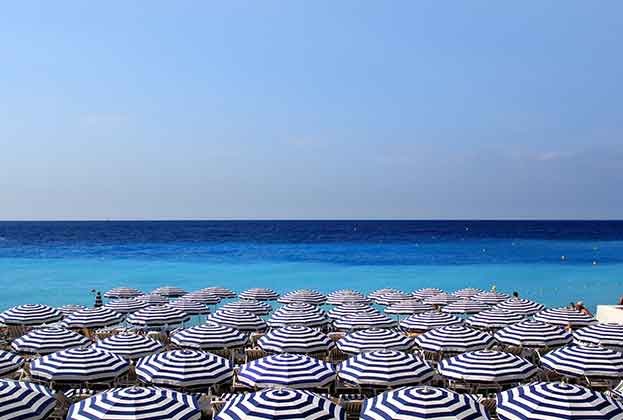You probably know your Jacobean from your Georgian, but where does Stuart architecture fit in? The answer is between the two, flourishing in the decades before, during and after the Civil War, in what's often called the golden age of British architecture.
.jpg)
.jpg)
Queen's House, Greenwich
1625-1649 Carolean
The Carolean era coincided with the reign of Charles 1, Carolus being Latin for Charles. Its key player was the King’s Surveyor, Inigo Jones, who was inspired by Roman antiquity and the Italian Renaissance and introduced neo-classical architecture to post-Jacobean England. Typical examples are The Queen’s House, above, in Greenwich and the Banqueting House in Whitehall.
Most lower and middle class houses in this period were still timber framed, typically with a tiled roof and – if they were lucky – a brick chimney.
1649-1660 Cromwellian
The Civil War over, a house’s appearance became more important than how well it could survive siege and those who could afford it set about enlarging their houses, or building new ones, in an approximation of the modern French or Italian style.
One of the best-known architects was Sir Roger Pratt who drew on a range of European influences as well as the work of Inigo Jones to create a style that was much copied (rows of new-style sash windows, a semi-basement storey to give more height to the ground floor, a hipped roof with dormer windows, tall chimney stacks). Pratt is also credited with inventing the central passageway so that occupants could access their own rooms without passing through somebody else’s.
.jpg)
Belton House, Lincolnshire
1660-1685 Restoration
Charles II’s restoration to the throne sparked a period of great opulence, with many exiled Royalists returning from Europe to reclaim their homes. Restoration architecture, also known as Carolean architecture, was flamboyant, with ornate columns and elaborates colonnades. The greatest architect of the day was Sir Christopher Wren who blended Renaissance, Italian Baroque and contemporary French influences. This period also saw the emergence of the country manor house, with classical pediments and columned porticos.
After the Great Fire in 1666 working and middle class houses were rebuilt according to strict regulations. Made from brick, they typically comprised a ground floor which was used for commercial purposes, a parlour on the first floor and bedrooms on the second floor.
1685-89 Restoration
Also known as the Restoration, the brief reign of James II continued where that of Charles II left off, with Wren – who was still renovating St Paul’s Cathedral – continuing to work for the King. Belton House, built in Lincolnshire in 1685, shows many of the traits that are typical of the period.
.jpg)
Hampton Court, Richmond upon Thames
1689-94 William and Mary
William and Mary commissioned some of the country’s finest buildings. They were particular admirers of Louis XVI’s Versailles and commissioned Sir Christopher Wren to renovate Hampton Court in Baroque style.
During this era a great many grand country homes were built as a demonstration of wealth. Poorer households saw a few improvements to their living standards, too, including glass windows and brick chimneys.
.jpg)
Castle Howard, North Yorkshire
1694-1702 William III
After Mary died, work on Hampton Court ceased but the interest in the Baroque aesthetic continued. In 1699, for example, work began on Castle Howard, above, one of the largest country houses in England, to a lavishly Baroque design by Sir John Vanbrugh. Other great Baroque buildings were built during and just after this period.
1702-1714 Queen Anne
The classical buildings of this era are typically restrained, linear and symmetrical, with row upon row of windows, rather like a doll’s house. But England’s passion for over-the-top opulence was beginning to wane and in just a few years the Georgians would turn their backs on it altogether.
Further information
View available properties for sale
.jpg)
.png)



.jpg)


.jpg)
